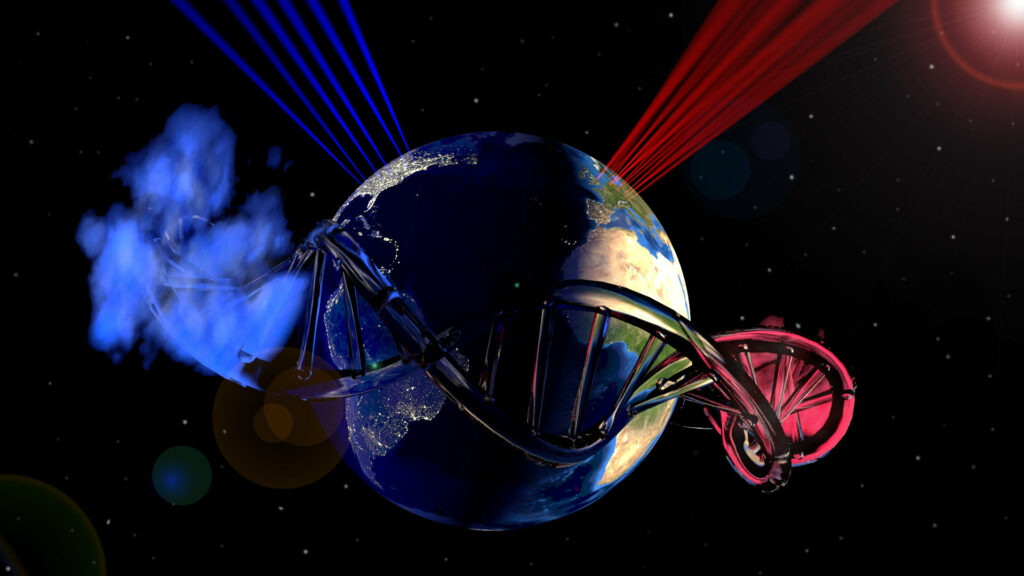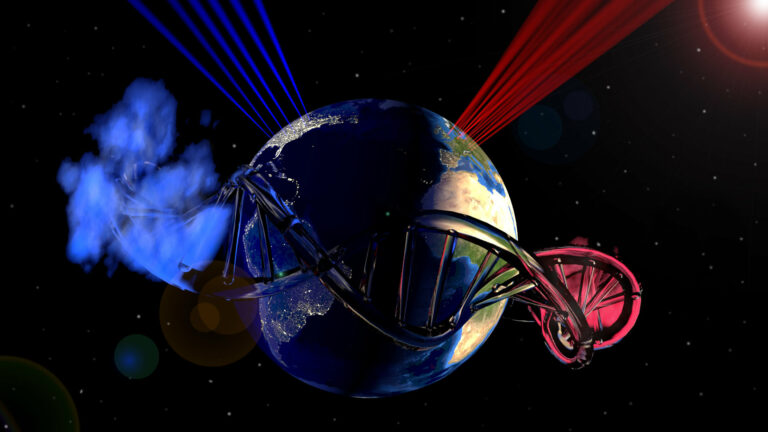Establishing a Standard for Precise Measurement of Internal Dimensions in Individual Molecules by Researchers.
A method to measure precise distances within individual biomolecules has been standardized through a global study involving 20 laboratories. This groundbreaking method allows for measurements at a scale as small as one-millionth of the width of a human hair. The technology, known as single-molecule FRET (Förster Resonance Energy Transfer), enables real-time monitoring of the movement and interaction of fluorescently labeled molecules, even within living cells. Previously, FRET was primarily used to track changes in relative distances between molecules. However, the new method represents a significant advancement, as it allows for the determination of exact distances. Prof. Dr. Thorsten Hugel, from the Institute of Physical Chemistry and the BIOSS Centre for Biological Signalling Studies, is one of the lead scientists involved in this study, which was recently published in Nature Methods.

FRET operates in a manner similar to proximity sensors in cars, where the intensity or frequency of beeps increases as the object gets closer. Instead of relying on sound, FRET utilizes changes in the fluorescent light emitted from two dyes, which are detected by highly sensitive microscopes. This technology has revolutionized the analysis of biomolecule movement and interactions within living cells.
Hugel and his colleagues envisioned that by establishing a FRET standard, unknown distances could be determined with a high level of confidence. Through collaboration among the 20 laboratories, the method was refined to ensure that scientists using different microscopes and analysis software obtained consistent distance measurements, even at the sub-nanometer level.
According to Thorsten Hugel, the utilization of this method allows us to obtain precise conformation assignments in dynamic biomolecules and even determine their structures. Dr. Tim Craggs (University of Sheffield/Great-Britain), Prof. Dr. Claus Seidel (University of Düsseldorf), and Prof. Dr. Jens Michaelis (University of Ulm) also contributed to this study. This newfound ability to acquire absolute distance information will greatly enhance our comprehension of the molecular machines and processes that underlie life.
This article is republished from PhysORG under a Creative Commons license. Read the original article.
Do not forget to share your opinion with us to provide you with the best posts !




0 Comments